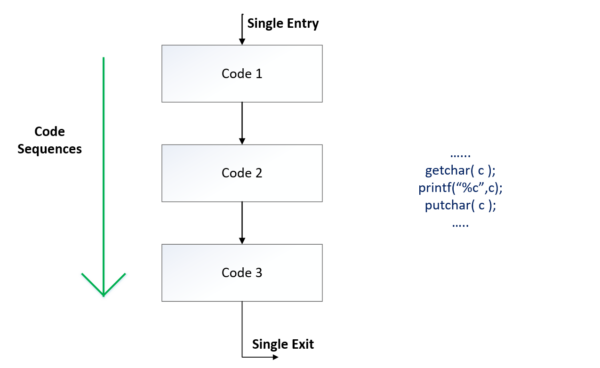 |
| structured coding techniques in software engineering |
Title: Human-Based Language in Structured Coding Techniques: Enhancing Software Engineering Practices
Introduction:
In the realm of software engineering, structured coding techniques play a vital role in developing robust and maintainable software systems. However, the focus has often been on machine-based languages, such as programming languages, to communicate instructions to computers. This article aims to shed light on the significance of human-based language in structured coding techniques and how it can enhance software engineering practices.
Understanding Human-Based Language:
Human-based language refers to natural languages, such as English, Spanish, or any language used for communication among humans. Unlike programming languages, human-based languages are designed to facilitate human understanding and expression. Incorporating human-based language in structured coding techniques enables software engineers to bridge the gap between technical implementation and effective communication.
Benefits of Human-Based Language in Structured Coding Techniques:
1. Improved Collaboration and Communication:
Human-based language allows software engineers to express complex ideas, requirements, and design concepts more comprehensively. It facilitates effective communication among team members, stakeholders, and clients who may not possess programming expertise. This leads to better collaboration, understanding, and alignment between technical and non-technical stakeholders.
2. Enhanced Documentation and Readability:
Documentation is a crucial aspect of software engineering. By leveraging human-based language, developers can create clear, concise, and readable documentation that is accessible to a wider audience. This makes it easier for fellow developers, maintainers, and future contributors to understand the codebase and make informed decisions.
3. Easier Onboarding and Knowledge Transfer:
When using human-based language in coding practices, the learning curve for new team members is reduced. Novice developers can grasp the intent and functionality of the code more quickly, leading to faster onboarding and increased productivity. Additionally, knowledge transfer within teams becomes smoother, minimizing the impact of personnel changes.
4. Enhanced Problem-Solving and Creativity:
Human-based language encourages software engineers to approach problems from a holistic perspective. By incorporating natural language descriptions, engineers can better articulate and analyze complex problems, leading to innovative and creative solutions. This broader thinking fosters a deeper understanding of software requirements and promotes critical thinking skills within the development process.
5. Stakeholder Engagement and User-Centric Development:
Human-based language enables software engineers to involve stakeholders and end-users in the development process more effectively. By using non-technical terminology, engineers can collect requirements, gather feedback, and conduct user interviews more efficiently. This facilitates a user-centric approach, resulting in software that better aligns with stakeholders' needs and enhances user experience.
6. Accessibility and Inclusivity:
By utilizing human-based language, software engineering practices become more inclusive and accessible to individuals with diverse backgrounds and varying levels of technical expertise. It allows stakeholders from different domains to contribute their insights and perspectives, fostering collaboration and innovation.
Conclusion:
While programming languages are the core tools for software development, the integration of human-based language in structured coding techniques offers numerous benefits. By leveraging natural language, software engineers can improve collaboration, enhance documentation and readability, facilitate knowledge transfer, encourage problem-solving creativity, engage stakeholders, and promote inclusivity. The amalgamation of machine-based and human-based languages empowers software engineers to build high-quality software systems that effectively address user needs and contribute to the advancement of the software engineering discipline. Embracing human-based language as an integral part of structured coding techniques is a step towards achieving more robust, maintainable, and user-centric software solutions.

.png)


